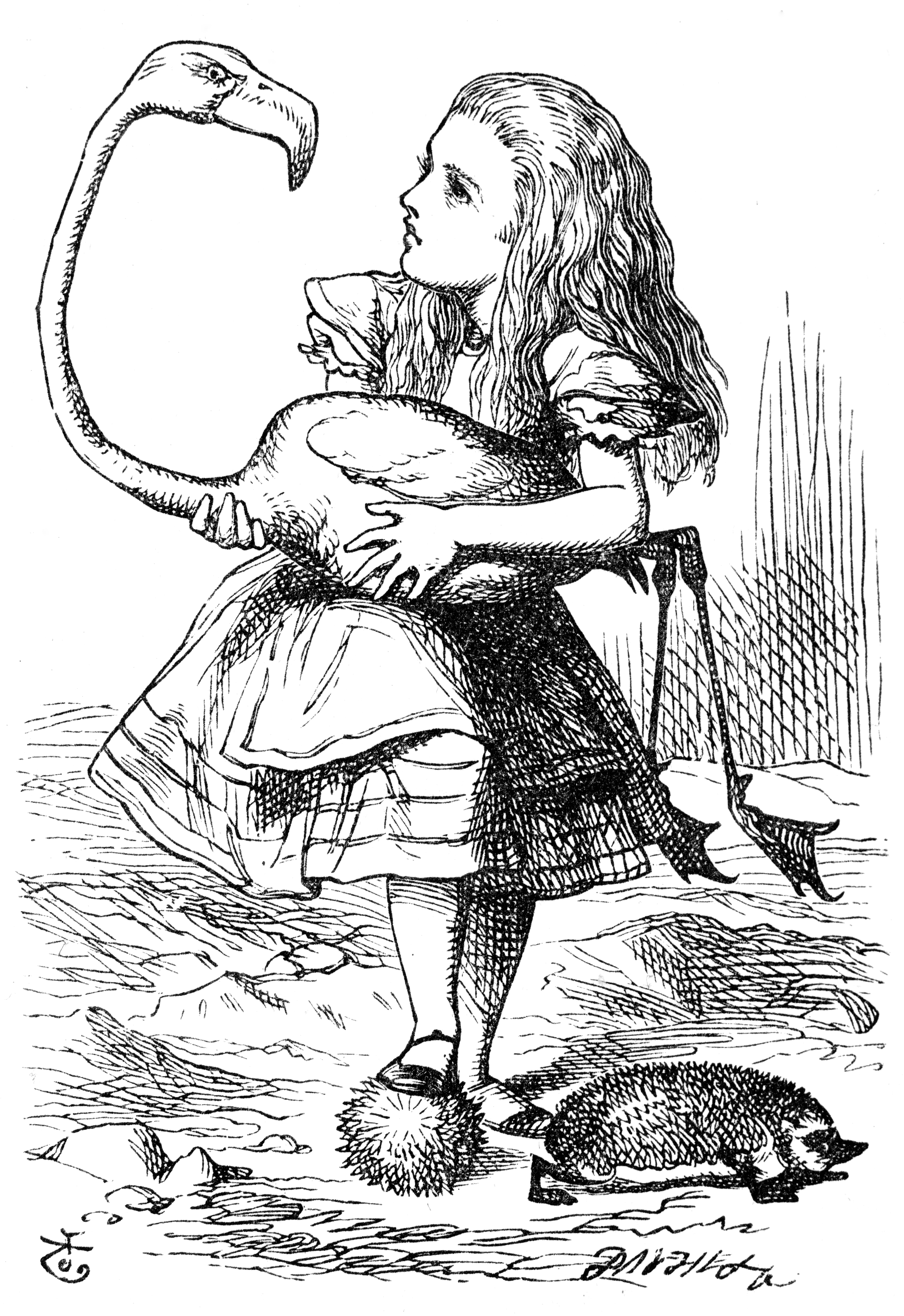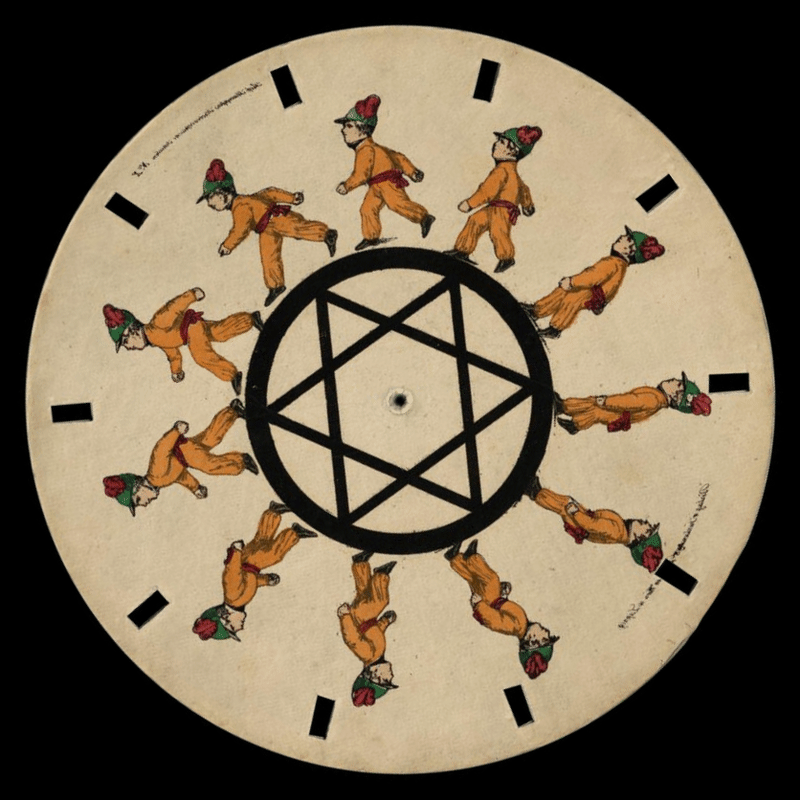|
Tweedledee And Tweedledum
Tweedledum and Tweedledee are characters in an English nursery rhyme and in Lewis Carroll's 1871 book ''Through the Looking-Glass, and What Alice Found There''. Their names may have originally come from an epigram written by poet John Byrom. The nursery rhyme has a Roud Folk Song Index number of 19800. The names have since become synonymous in western popular culture slang for any two people whose appearances and actions are identical. Lyrics Common versions of the nursery rhyme include: :Tweedledum and Tweedledee : Agreed to have a battle; :For Tweedledum said Tweedledee : Had spoiled his nice new rattle. :Just then flew down a monstrous crow, : As black as a tar-barrel; :Which frightened both the heroes so, : They quite forgot their quarrel.I. Opie and P. Opie, ''The Oxford Dictionary of Nursery Rhymes'' (Oxford University Press, 1951, 2nd edn., 1997), p. 418. Origins The words "Tweed ... [...More Info...] [...Related Items...] OR: [Wikipedia] [Google] [Baidu] |
Nursery Rhyme
A nursery rhyme is a traditional poem or song for children in Britain and many other countries, but usage of the term dates only from the late 18th/early 19th century. The term Mother Goose rhymes is interchangeable with nursery rhymes. From the mid-16th century nursery rhymes begin to be recorded in English plays, and most popular rhymes date from the 17th and 18th centuries. The first English collections, '' Tommy Thumb's Song Book'' and a sequel, ''Tommy Thumb's Pretty Song Book'', were published by Mary Cooper in 1744. Publisher John Newbery's stepson, Thomas Carnan, was the first to use the term Mother Goose for nursery rhymes when he published a compilation of English rhymes, ''Mother Goose's Melody, or, Sonnets for the Cradle'' (London, 1780). History Lullabies The oldest children's songs of which we have records are lullabies, intended to help a child fall asleep. Lullabies can be found in every human culture. The English term lullaby is thought to come from "lu, l ... [...More Info...] [...Related Items...] OR: [Wikipedia] [Google] [Baidu] |
The Walrus And The Carpenter
"The Walrus and the Carpenter" is a narrative poem by Lewis Carroll that appears in his book ''Through the Looking-Glass'', published in December 1871. The poem is recited in chapter four, by Tweedledum and Tweedledee to Alice. The poem is composed of 18 stanzas and contains 108 lines, in an alternation of iambic tetrameters and iambic trimeters. The rhyme scheme is ABCBDB, with masculine rhymes throughout. The rhyming and rhythmical scheme used, as well as some archaisms and syntactical turns, are those of the traditional English ballad. Summary The Walrus and the Carpenter are the eponymous characters in the poem, which Tweedledum and Tweedledee recite to Alice. Walking upon a beach one night when both sun and moon are visible, the Walrus and Carpenter come upon an offshore bed of oysters. Groups of four are called up; the exact number is unknown. To the disapproval of the eldest oyster, many more follow them. After walking along the beach (a point is made of the fact t ... [...More Info...] [...Related Items...] OR: [Wikipedia] [Google] [Baidu] |
Fictional Twins
Fiction is any creative work, chiefly any narrative work, portraying individuals, events, or places that are imaginary, or in ways that are imaginary. Fictional portrayals are thus inconsistent with history, fact, or plausibility. In a traditional narrow sense, "fiction" refers to written narratives in prose often referring specifically to novels, novellas, and short stories. More broadly, however, fiction encompasses imaginary narratives expressed in any medium, including not just writings but also live theatrical performances, films, television programs, radio dramas, comics, role-playing games, and video games. Definition Typically, the fictionality of a work is publicly marketed and so the audience expects the work to deviate in some ways from the real world rather than presenting, for instance, only factually accurate portrayals or characters who are actual people. Because fiction is generally understood to not fully adhere to the real world, the themes and conte ... [...More Info...] [...Related Items...] OR: [Wikipedia] [Google] [Baidu] |
Animated Duos
Animation is a method by which still figures are manipulated to appear as moving images. In traditional animation, images are drawn or painted by hand on transparent celluloid sheets to be photographed and exhibited on film. Today, most animations are made with computer-generated imagery (CGI). Computer animation can be very detailed 3D animation, while 2D computer animation (which may have the look of traditional animation) can be used for stylistic reasons, low bandwidth, or faster real-time renderings. Other common animation methods apply a stop motion technique to two- and three-dimensional objects like paper cutouts, puppets, or clay figures. A cartoon is an animated film, usually a short film, featuring an exaggerated visual style. The style takes inspiration from comic strips, often featuring anthropomorphic animals, superheroes, or the adventures of human protagonists. Especially with animals that form a natural predator/prey relationship (e.g. cats and mice, c ... [...More Info...] [...Related Items...] OR: [Wikipedia] [Google] [Baidu] |
Red King (Through The Looking-Glass)
The Red King is a character who appears in Lewis Carroll's 1871 fantasy novel ''Through the Looking-Glass''. History Since the whole story revolves around a game of chess, he is characteristic of the king in such a game in that he has all of the pieces on his side available to perform the work for him; unlike his white counterpart, though, he does not move at all throughout the story. Indeed, when Alice first meets him he is fast asleep ("fit to snore his head off", as Tweedledum says) and Alice, even prior to seeing him, mistakes the sound he is making for "lions or tigers". During this time, Tweedledum and Tweedledee state that she is part of the Red King's dream and she will "go out—bang!—like a candle" when he wakes. The match ends by Alice's checkmating of the king, an action coincident with the taking of the Red Queen. In the final chapter of the book, Alice acknowledges that the Red King had, after all, been asleep throughout the whole game, and is left wond ... [...More Info...] [...Related Items...] OR: [Wikipedia] [Google] [Baidu] |
< |



